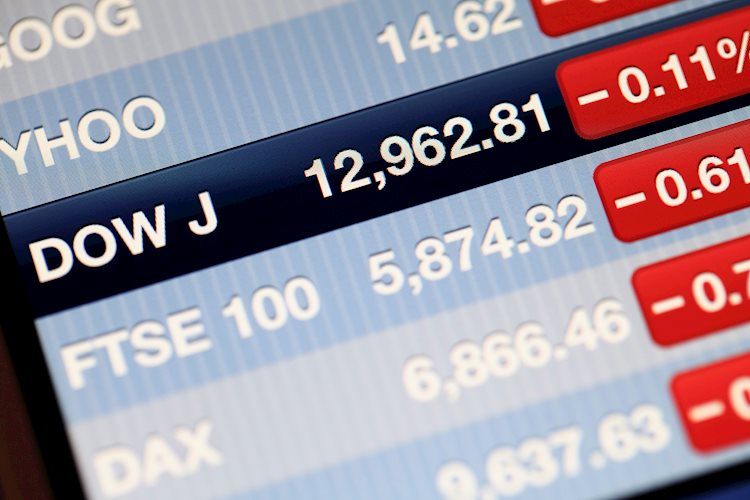The Dow Jones Industrial Average (DJIA) remained steady at the start of a new trading week, hovering around the 42,000 level. Despite a relatively quiet Monday, the DJIA is coming off a winning month and has been performing well over the past few months. Investors are eagerly awaiting key US labor data due on Friday, which will provide further insights into the state of the US economy. Rate traders are also closely monitoring the odds of a follow-up cut from the Federal Reserve (Fed) in November, with expectations of a potential 25 bps cut.
Market focus is expected to shift towards Friday’s US Nonfarm Payrolls report, with investors seeking more data on the health of the US economy. There is speculation about a potential rate cut from the Fed in November, with some market participants hoping for a 50 bps cut. However, Fed officials have indicated that a further deterioration in the US labor market would be required to warrant significant rate cuts, which may dampen market expectations for large cuts in the near future.
A looming port strike along the East and Gulf Coasts is adding to investor concerns about economic activity in the near term, leading to a decrease in investor demand and cooling stock advances. Fed officials have made it clear that significant rate cuts would only occur if economic data deteriorates further, which has impacted market expectations for future rate cuts. Fed Chair Jerome Powell’s remarks have further strengthened expectations for a quarter-point rate cut in November, with the Fed projecting two more cuts by the end of the year.
Despite a mixed day for the Dow Jones on Monday, with two-thirds of the stock index in the red, gains from major components are helping to limit broader losses in the DJIA. Boeing (BA) is facing challenges due to an ongoing strike, while Apple (AAPL) has seen gains despite stepping back from a major AI project investment. The Dow Jones has had a strong performance in September, hitting record highs and adding over 1.5% during the month. The index is on track to close for a fifth consecutive month in the green, with a bottom-to-top climb of over 13.5% since April.
The Dow Jones Industrial Average is one of the oldest stock market indices in the world, comprised of the 30 most traded stocks in the US. The index is price-weighted and was founded by Charles Dow, the founder of the Wall Street Journal. While criticized for not being broadly representative enough due to tracking only 30 conglomerates, the DJIA is influenced by various factors such as company earnings reports, macroeconomic data, Fed interest rates, and inflation. Dow Theory is used to identify the primary trend of the stock market, which involves analyzing the movement of the DJIA along with the Dow Jones Transportation Average.
There are multiple ways to trade the DJIA, including using ETFs like the SPDR Dow Jones Industrial Average ETF (DIA) or futures contracts to speculate on the future value of the index. Options provide the right to buy or sell the index at a predetermined price in the future, while mutual funds allow investors to buy a diversified portfolio of DJIA stocks. Overall, the Dow Jones Industrial Average remains a key indicator of the US stock market’s performance, reflecting the overall health of the economy.











